June 21, 2018 - Mali Ston is famous for its oysters, but do you know how long they take until they are ready to eat? Or how to open them? A masterclass in oyster shucking in a rather delightful and lesser-known slice of Dalmatia.
One of the things I love most about this 'job' running the Total Croatia project is the fact that no two days are the same, and also that things rarely go according to plan. I am not quite sure how it happened last Sunday morning, but on a drive from Split to the island of Korcula, I somehow found myself on a boat with a glass of wine in hand heading out to what I believe is the only floating bar on the Adriatic to learn all there was to know (and more) about the world of oysters.
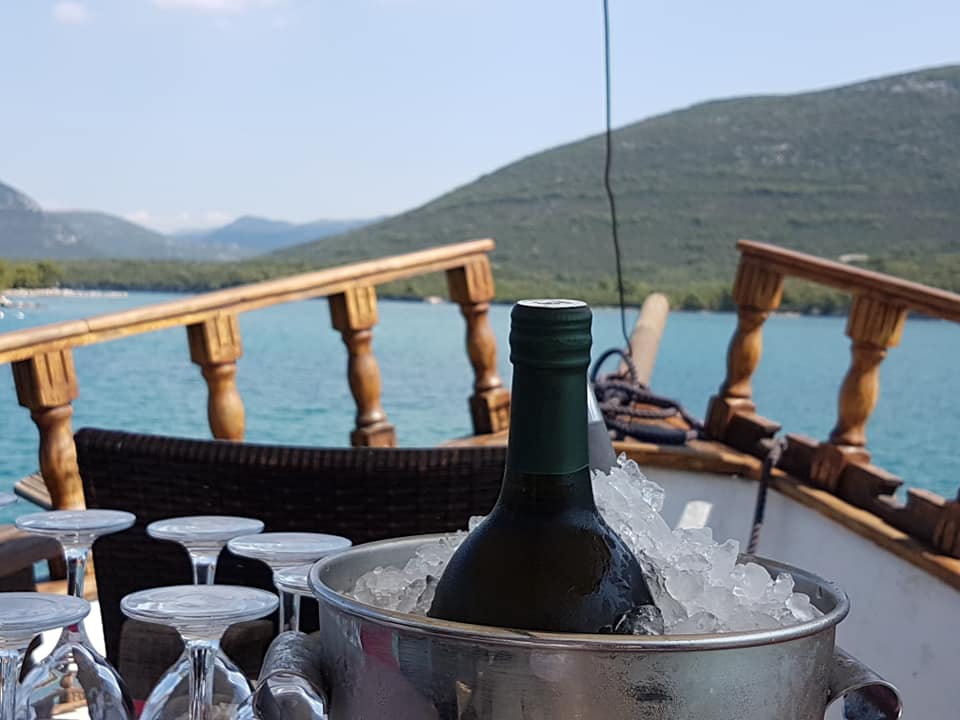
Mali Ston is one of the great hidden gems of Dalmatia. Tucked away at the foot of the Peljesac Peninsula, most tourists head to Ston itself or settle for an oyster experience close by, but if you turn the corner, you will find a delightful bay with plenty of stone charm and - if you happen to be kidnapped on a boat as I was - fabulous views of the walls of Ston behind, said to be the longest continuously fortified walls outside of China.
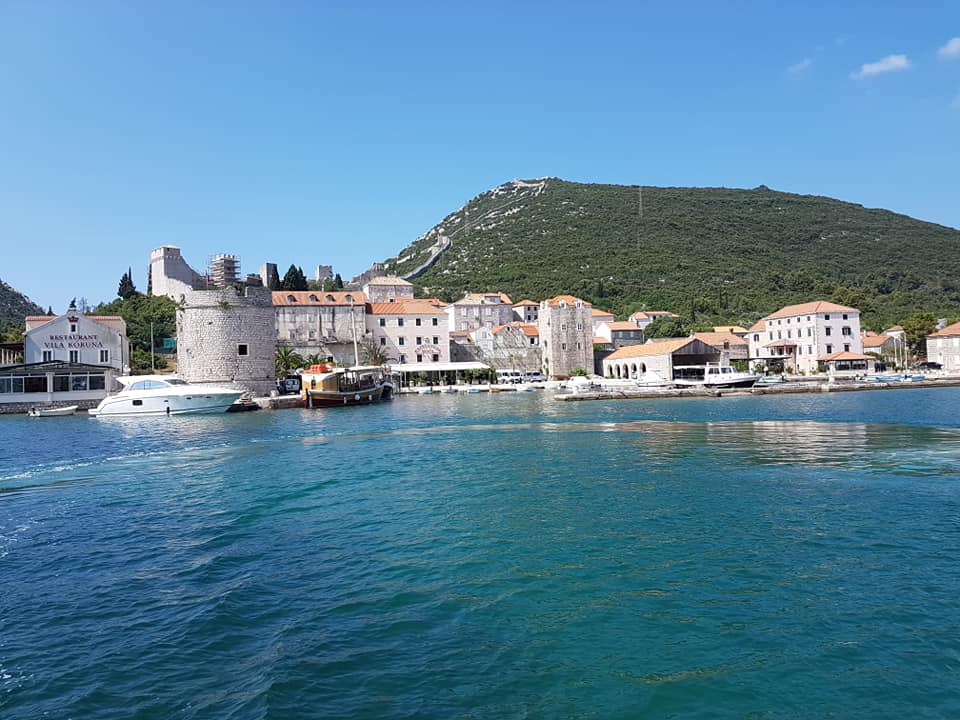
Not a bad way to start a Sunday, with views like that.
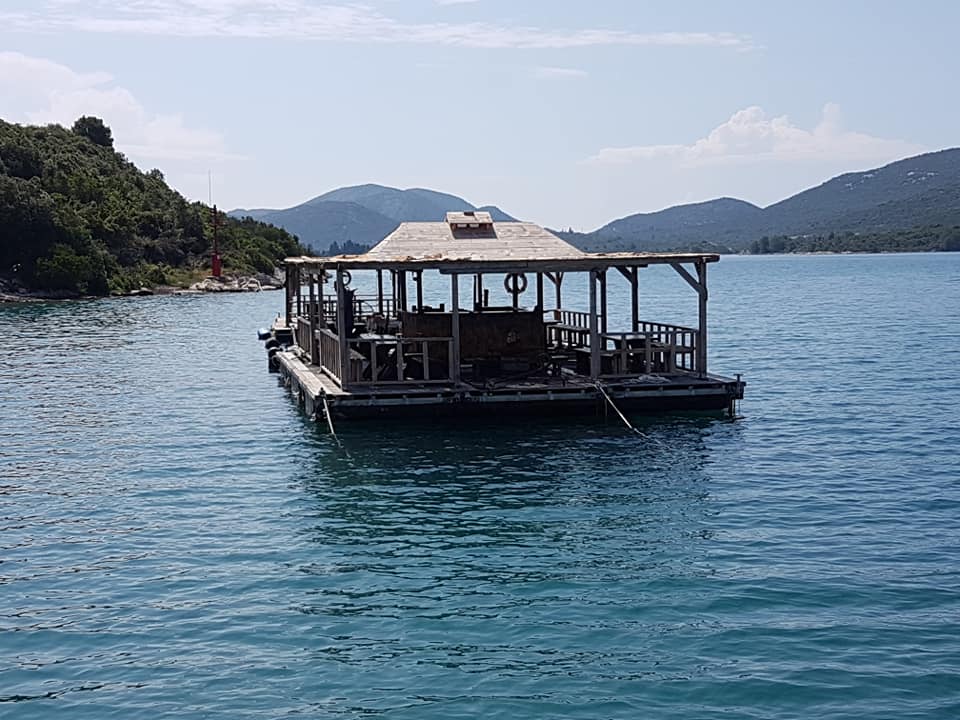
My captor was Tomislav Sare, who runs the Mali Ston version of the family's Bote Sare restaurant business - there are two sushi restaurants in Split and Dubronvik and another fish restaurant in Zagreb. He kindly offered to take me out to his oyster tasting facility in the middle of the sea, something I confess I had never heard of.
The family business is impressive indeed. Opened by Tomislav's father over 30 years ago, the six children run the four restaurants, with all the key ingredients coming from the seas near Mali Ston, and a field of fresh veggies goodness nearby. Not only that, but the family also obtained a concession to build this floating bar, its showcase location for the oyster experience.
Rather than try and describe the process, here is Tomislav in a three-part explanation, starting with how the oysters grow and the entire process. I had no idea that each one requires three years and some preparation work until they are ready.
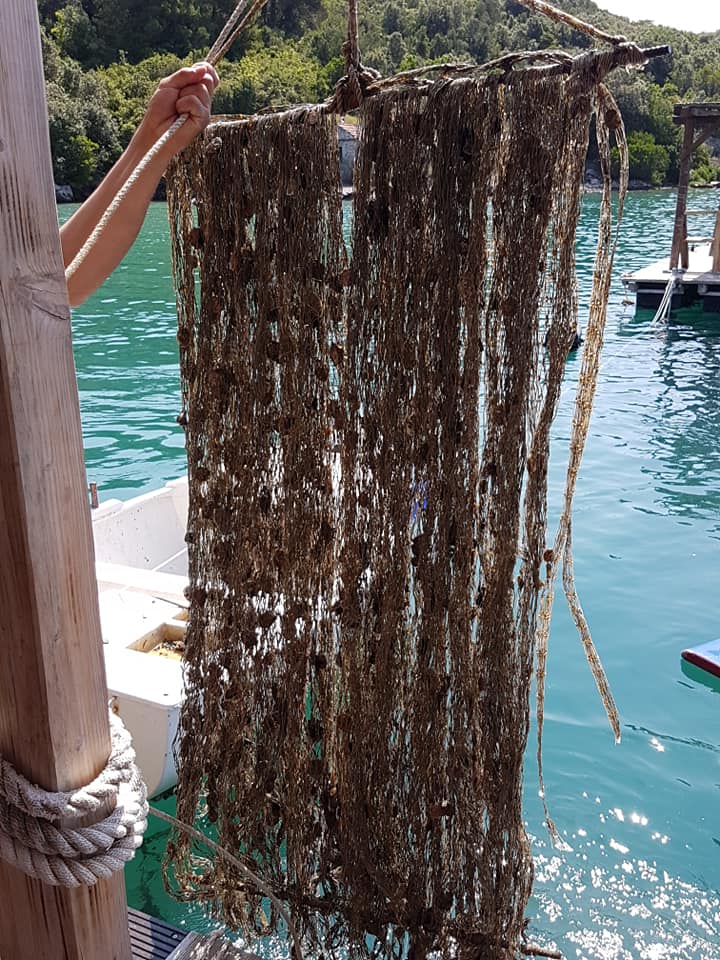
The 12-month old oysters - still two years before you will be seeing them on your dinner plate.
Simple ancient Dalmatian traditions.
So how do you open (or shuck) an oyster? Having watched friends try at home a few weeks ago in Zaostrog, I was mightily impressed with Tomislav's dexterity, speed and effortless ability to make the job seem so simple.
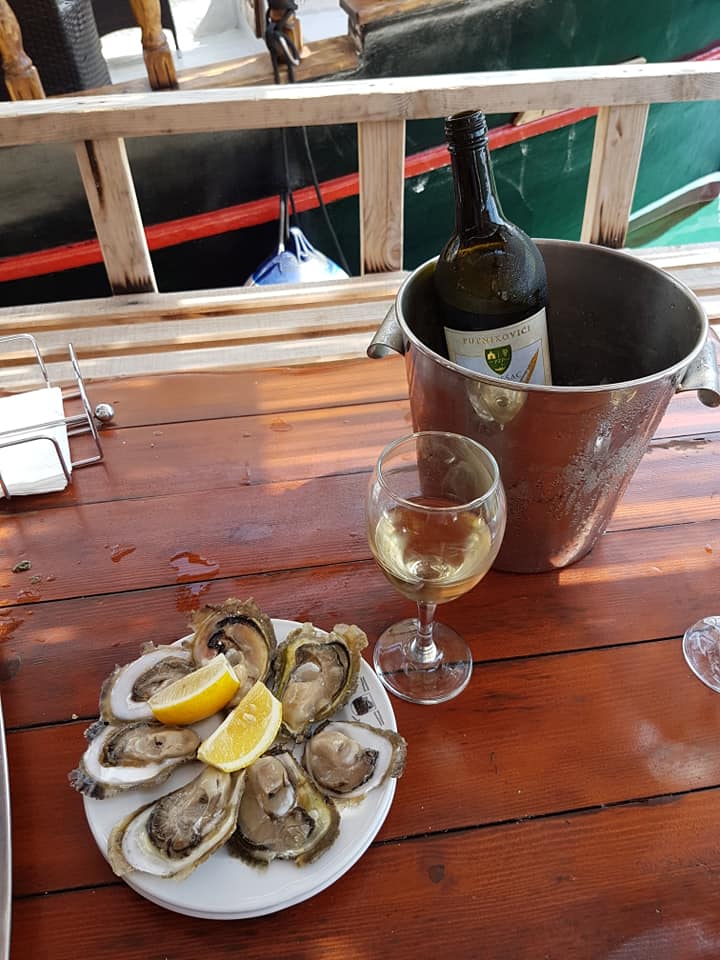
And there we had it - the Breakfast of Champions. Straight from the sea and absolutely delicious. A visiting British celebrity chef was also very impressed, commenting that there is not much you can do to improve two food types found in this part of the world - honey and oysters.

Our timing was perfect - just as we were finishing, the first tour boat of the day was arriving. It is a wonderful short tour, seeing an ancient Croatian tradition in a truly wonderful spot. And with a little oyster tasting included. Just one more reason to pop in to Mali Ston, and then perhaps stay for dinner.
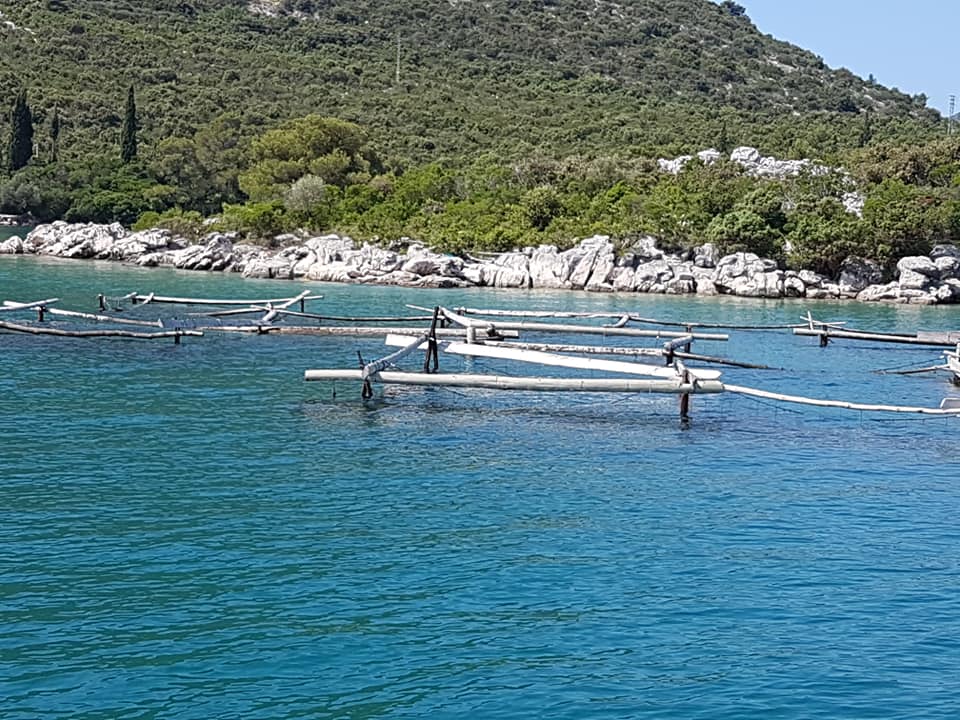
Oyster farming goes back many centuries in the region, and it was very well regulated by the Dubrovnik Republic, which used to control Mali Ston. A visit to the traditional look of the first oyster farms.
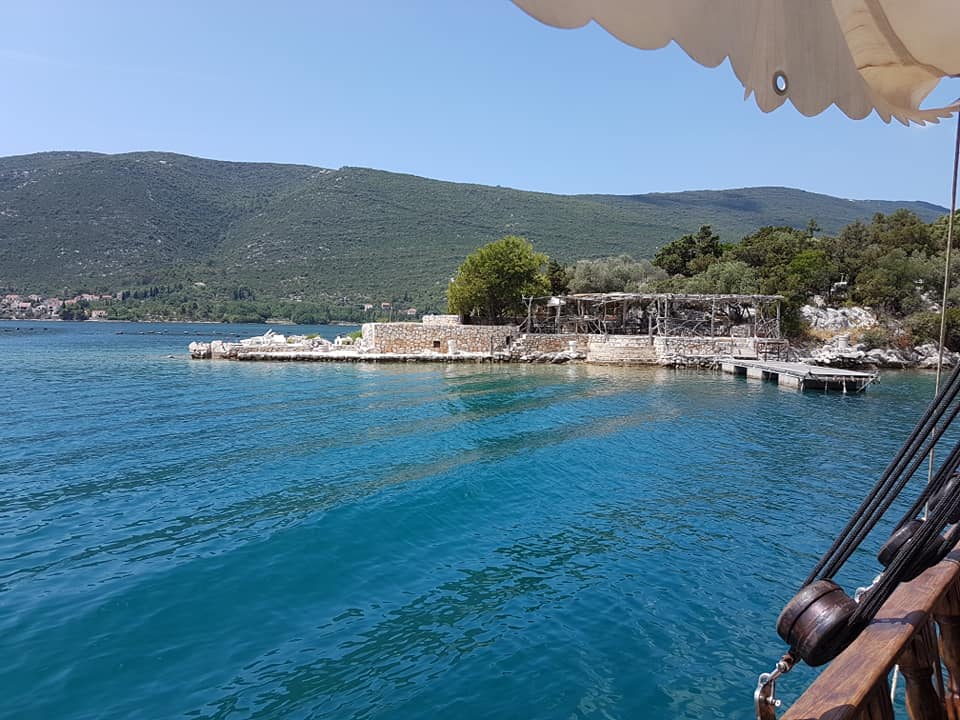
And we were not finished yet. In addition to their small floating bar, Bota Sare also has its own private island, from where it offers luxury gourmet experiences on demand, complete with diver emerging from the sea with your catch of the day. Freshness and quality.
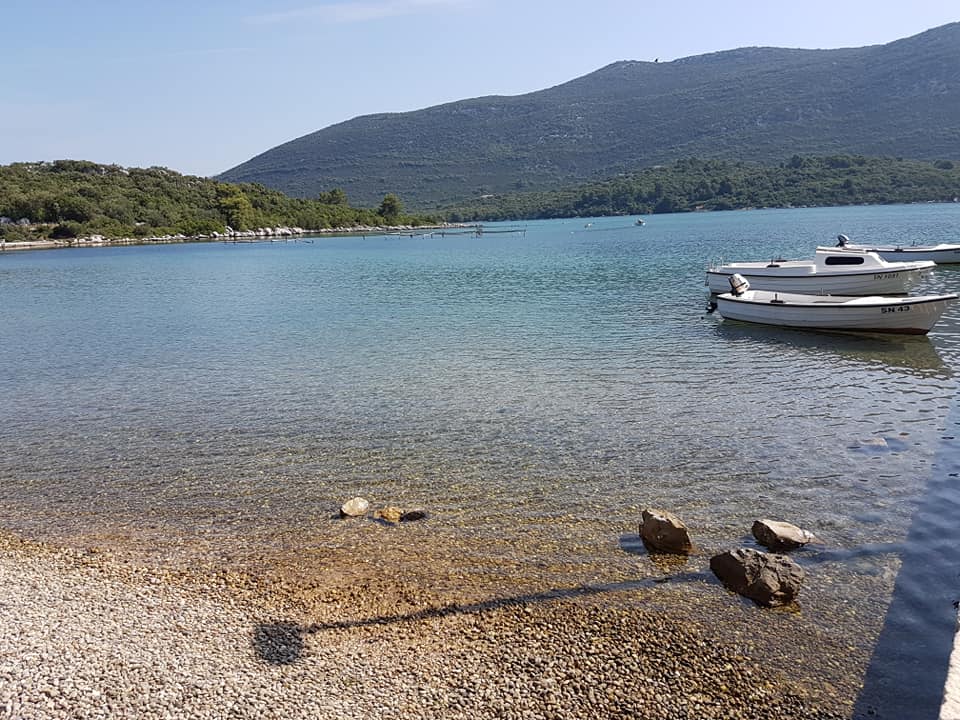
Of course, you don't have to venture out on the boat to enjoy a little Bote Sare magic - the bay in which the restaurant is absolutely divine.
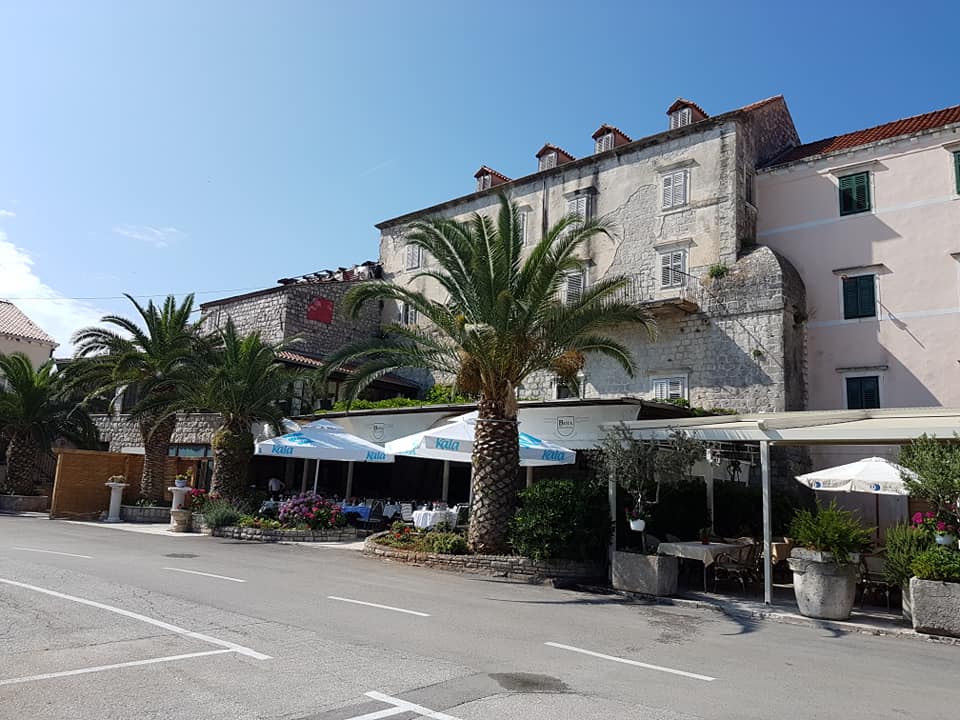
There is ample seating outside, but it was the interior which impressed the most.
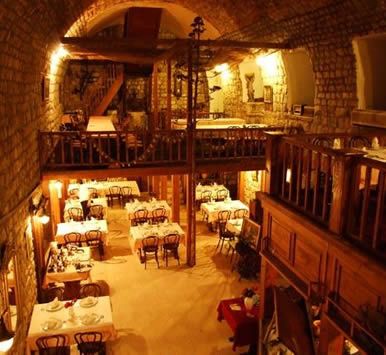
Bota is apparently the name of the curved ceiling construction. It is quite a sight.

As is the view from the restaurant's outer tables.
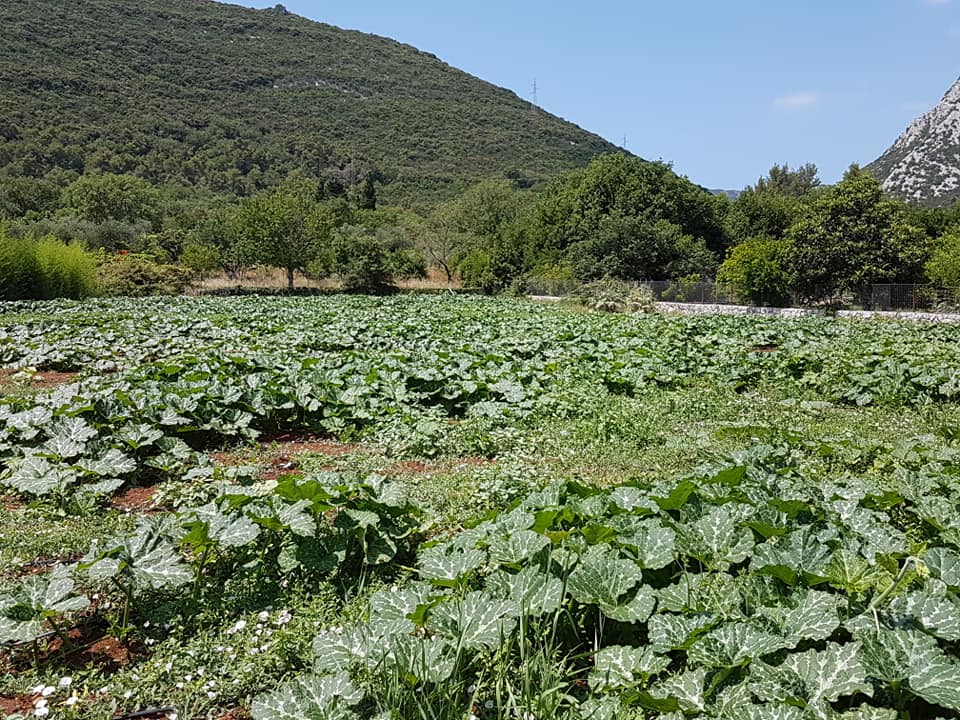
Tomislav concluded his wonderful tour with a visit to the family fields, which are located close to the restaurant. Several hundred square metres of local fresh goodness, which are used to supply the Bota Sare restaurants all over the country, as well as the fresh seafood of course - the restaurants have no less than 15 fishermen working for them, ensuring the very best from the Adriatic.
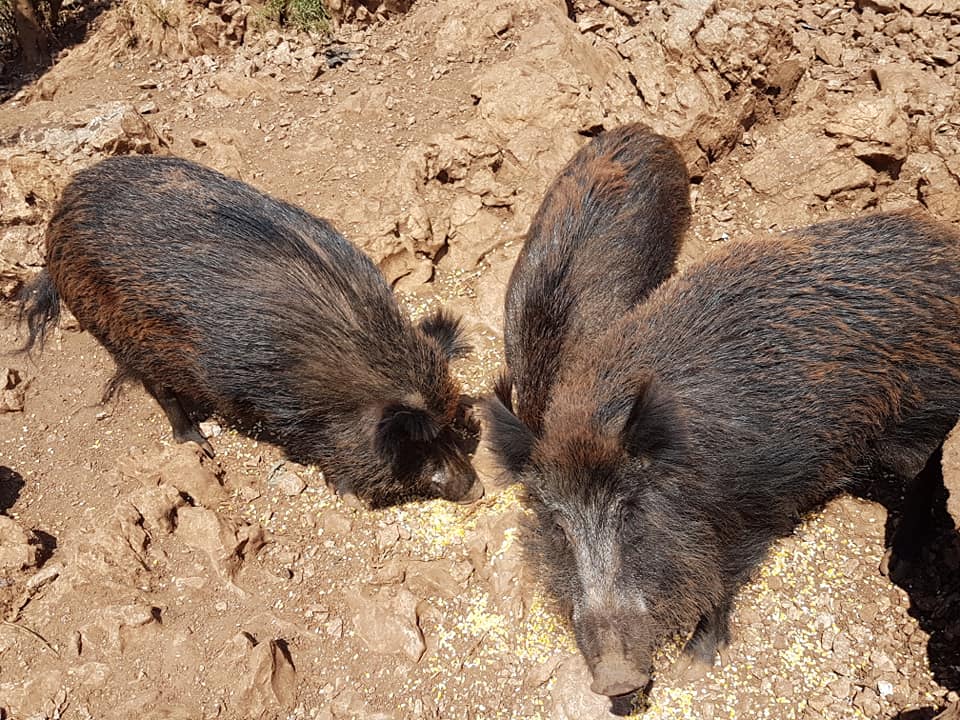
And we concluded with a little feeding of the animals.
Simple, authentic experiences with a little innovation and enterprise. Don't miss Mali Ston for a unique oyster experience - there is even a Mali Ston oyster festival in March each year.
To learn more about Bota Sare, visit their website.


